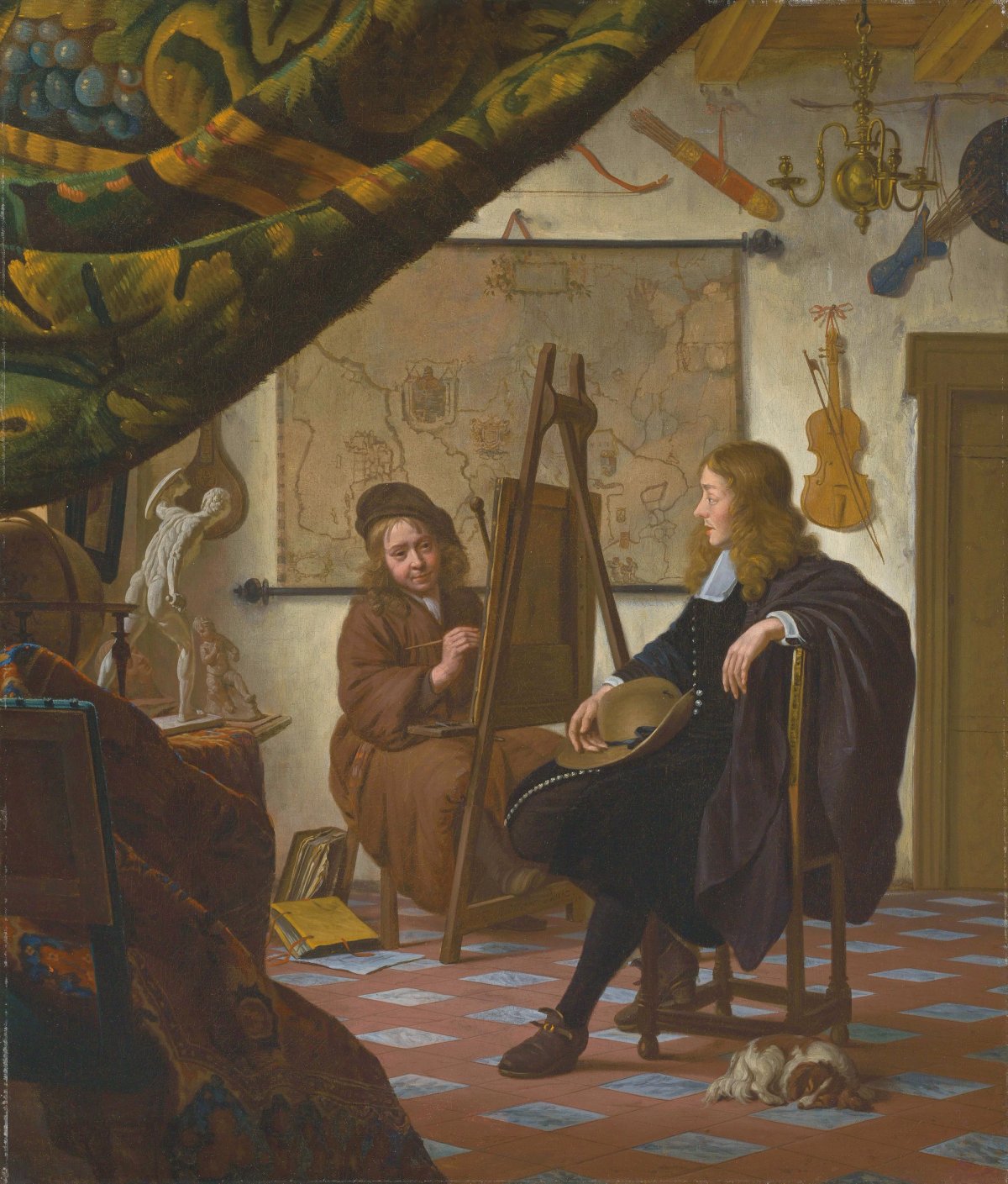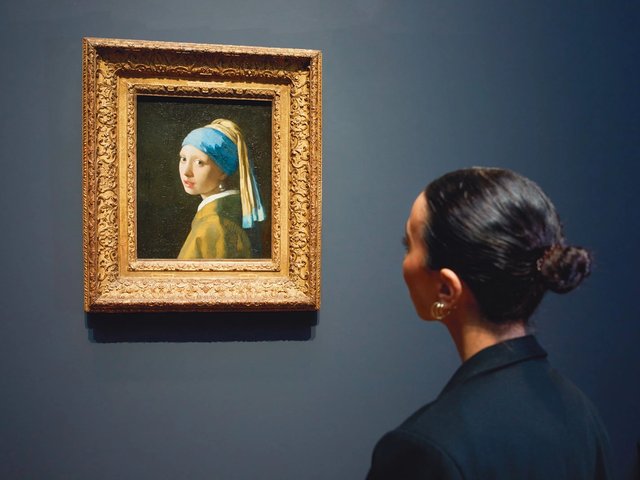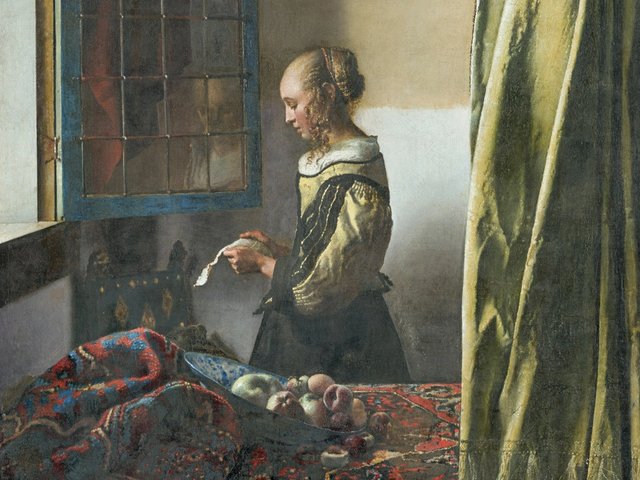With only 37 authenticated Johannes Vermeer paintings (28 in the Rijksmuseum’s sold-out exhibition), could there be more out there, not yet recognised as from his hand? Vermeer’s production was certainly larger, so the hunt continues for the missing masterpieces. Experts believe that a number are still unaccounted for.
Around nine Vermeers that have disappeared are listed in old records, including a self-portrait—which would represent the greatest discovery. At the 1696 sale of the Jacob Dissius collection (inherited from the artist’s major Delft patron, Maria de Knuijt), there was a “portrait of Vermeer in a room with various accessories”, described as “uncommonly beautifully painted by him”. This is not The Art of Painting (1666-68, now at the Kunsthistorisches Museum, Vienna), in which the artist is depicted from behind.
The re-emergence of lost paintings ‘might well shed light on Vermeer’s progress’Pieter Roelofs, curator
Pieter Roelofs, the co-curator of the Rijksmuseum’s Vermeer (until 4 June), suggests in the exhibition catalogue that the composition of the lost self-portrait may well have been copied by, or provided the inspiration for, Michiel van Musscher, a slightly later Dutch artist. He believes that Van Musscher’s A Self-portrait of the Artist in his Studio (1670, private collection) was “probably painted after Vermeer’s model [the lost self-portrait]”. If so, Van Musscher seems to have substituted his own facial features for those of Vermeer.
Three other Vermeers are listed in the Dissius inventory. These include a picture described as “a view” of a house or houses, which must be a lost cityscape, presumably done at around the same time as The Little Street (around 1658, Rijksmuseum) and View of Delft (1660-61, Mauritshuis, The Hague). Dissius also owned the lost painting recorded as “a gentleman washing his hands, in a perspective room, with statues”.
The sculptor Johannes Larson, who worked partly in London, was one of the earliest collectors, owning “a face by Vermeer”. This was recorded at his death in The Hague in 1664.
Five other Vermeers that occur in 18th-century inventories probably also record lost paintings: “Woman combing her hair”, “The visit to the tomb” (possibly a Biblical subject), the mythological “Jupiter, Venus and Mercury”, “Painter playing a violin” and “Woman eating oysters and pouring out wine”.
Tip of the iceberg?
Art historians have found it particularly difficult to track down Vermeer’s work for a number of reasons: his developing style, his wide range of subject matter, the fact that only half his known works are signed, and, most importantly, because he remained relatively unknown outside Holland until his reputation developed in the late 19th century.
The key question is whether the 37 surviving works and the nine or so in early records represent all (or nearly all) of Vermeer’s oeuvre—or if they are just the tip of the iceberg.
Elucidating the artist’s process
Most specialists believe that there were not many more than the authenticated 37, with Roelofs suggesting that the total might be 45 to 50. This works out at just over two paintings a year. If the number is higher, then this casts further doubt on the assumption frequently made that Vermeer painted slowly and meticulously.
But if there are a significantly larger number of lost Vermeers, which seems equally plausible, then we might well need to revise our view on how the master of Delft developed. And as Roelofs admits, the re-emergence of lost paintings “might well shed light on Vermeer’s progress, should they ever be rediscovered”.






